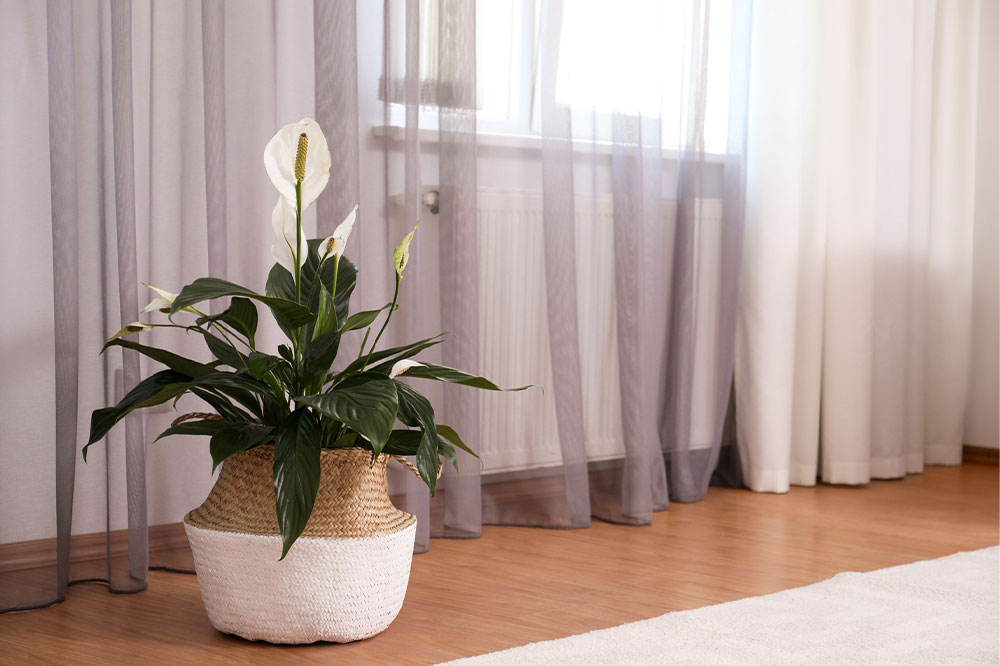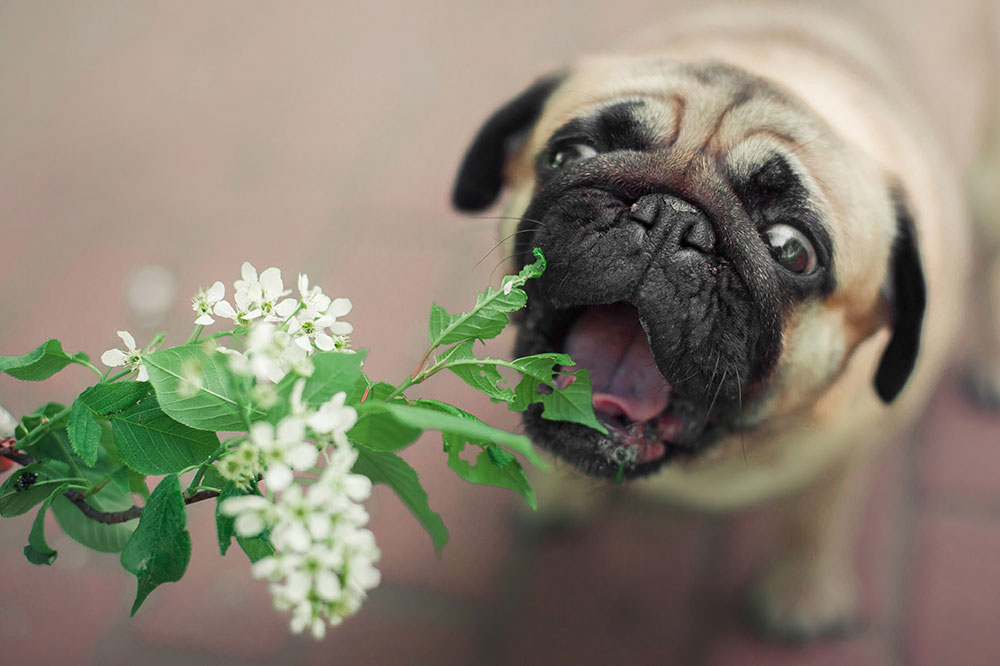7 Common Toxic Plants That Pose Risks to Cats and How to Protect Your Feline Friend
This article highlights seven common plants toxic to cats and offers safety tips for pet owners. Recognizing dangerous plants such as peace lilies, sago palms, and oleander helps prevent accidental poisoning. Always keep toxic plants out of reach and seek veterinary assistance if poisoning is suspected. Protect your feline friends by ensuring a safe, plant-free environment to promote their health and safety.

Cats are clever animals that often explore their environment through grooming, which can lead to accidental ingestion of toxic substances from plants, pollen, or debris attached to their fur or paws. To keep your cat safe, it's essential to recognize which plants may be dangerous. Here are seven plants known to be harmful to cats.
Peace Lily (Spathiphyllum)
All parts of the peace lily are toxic, including leaves, roots, and pollen. Eating it can cause kidney failure, with symptoms like vomiting, mouth irritation, excessive drooling, and in rare cases, breathing difficulties.
Sago Palm (Cycas revoluta)
Contains cycasin, which can damage the liver, leading to vomiting, diarrhea, dark stools, and lethargy. In severe situations, it can be fatal.
Eucalyptus (Myrtaceae)
Ingesting eucalyptus may cause drooling, vomiting, loss of appetite, and diarrhea. Mild reactions usually resolve within a day, but larger amounts can result in serious health issues.
Dieffenbachia
Also called dumb cane, it has calcium oxalate crystals that cause oral irritation, drooling, vomiting, and difficulty swallowing if eaten.
Kalanchoe
This plant contains compounds that can lead to stomach upset, irregular heart rhythms, or seizures in cats after ingestion.
Oleander
An outdoor shrub with toxins that harm the heart, resulting in drooling, vomiting, diarrhea, seizures, and heart problems. Keep cats away from oleander.
Jade Plant (Crassula)
Popular for its low maintenance and auspicious reputation, it is toxic to cats. Symptoms include vomiting, lethargy, depression, and coordination issues.
Note:
Our information aims to educate and inform, but it is not a substitute for professional veterinary advice. For health concerns, please consult a qualified veterinarian.


